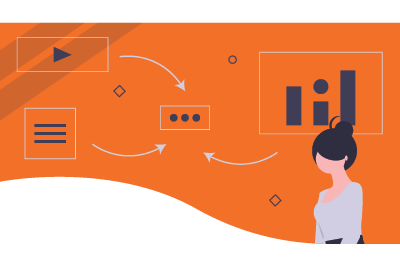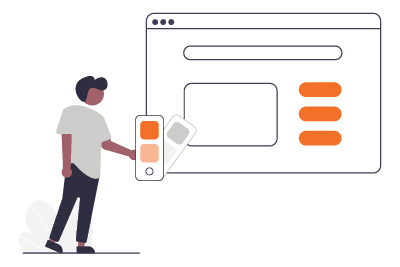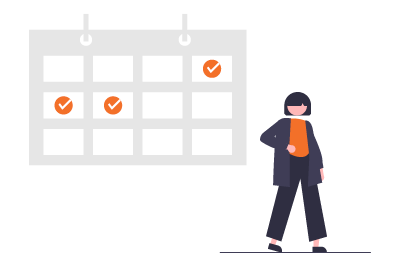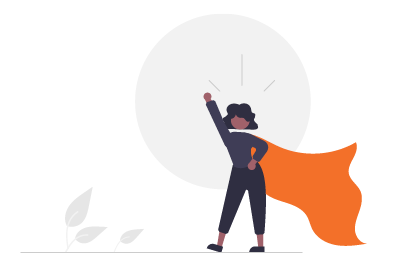Don’t join the club of having a snoozeletter where your intent is a newsletter. Whether investing in a printed and mailed piece (which is still my favorite in our highly digital world) or sending an e-newsletter just to check it off the to-do list, here are the best practices we recommend and implement. We encourage you to do the same.

PURPOSE
Why send a newsletter (printed or e-version)? To effectively connect with your clients, prospects, and referral sources and stay top of mind.

CONTENT
We’ve all heard that content is king, but what kind of content should you include? The answer is a balance of content. A newsletter should be informative and educational, providing real value to the reader. It shouldn’t be a sales brochure. We find that the most effective newsletters include industry trends, news you can use, team member spotlights, and success stories.
This does not mean you can’t include service/product updates and a call to action. A newsletter affords you the opportunity to establish yourself as the expert in what you do.
Keep the content brief and bite size. Brief articles or bulleted lists are great, digestible for a fast read. Be sure to link to content on your site for longer articles.

STYLE
A newsletter that looks like a copied and pasted document is not visually appealing and is more likely to be ignored. Establish a uniform look with a header and footer and content flow so your audience gains familiarity with how you frequently present them with good information. Photos, colorful infographics, and graphic elements will help draw in the reader. For e-newsletters, linking to video content is highly recommended.

FREQUENCY
More important than the frequency of your newsletter (weekly, monthly, quarterly) is that you stick to the schedule as closely as possible. Don’t let your recipient groups wonder why they haven’t heard from you, especially after you’ve built an expectation amongst your audiences. The flipside of this is emailing or mailing too frequently. You can get a pass for one or two “fluff” newsletter issues, but if your audience does not get any benefit from your content, the unsubscribe and trash bin will be your newsletter’s fate going forward.

OWN IT
We have found that when no ONE person is responsible for the newsletter, it is much more likely to fizzle over time. Designate a single person to be responsible for pulling together the content and ensuring it is formatted for distribution. That doesn’t mean that one person is responsible for creating all the content; he/she can reach out to others for articles or updates, or can purchase some of the needed content.
Newsletters are an effective way to connect with your audiences, provide them with useful information and keep your brand top of mind. Above are some top line considerations, but there’s so much more, including segmenting your recipient list and possibly creating multiple versions of your newsletters (tailored to each audience). We’ll cover more of those facets of successful newsletters in future emails.
Quote of the week:
Good words are worth much, and cost little.
George Herbert